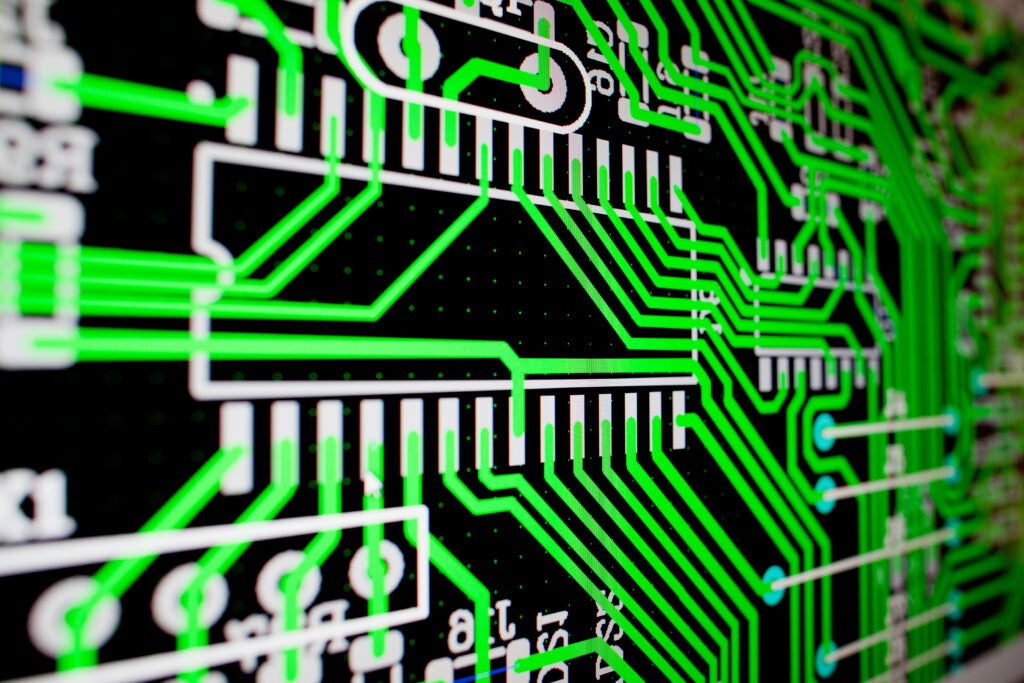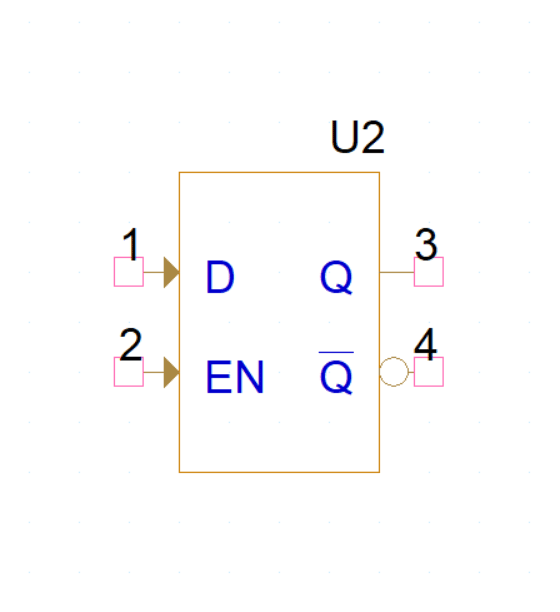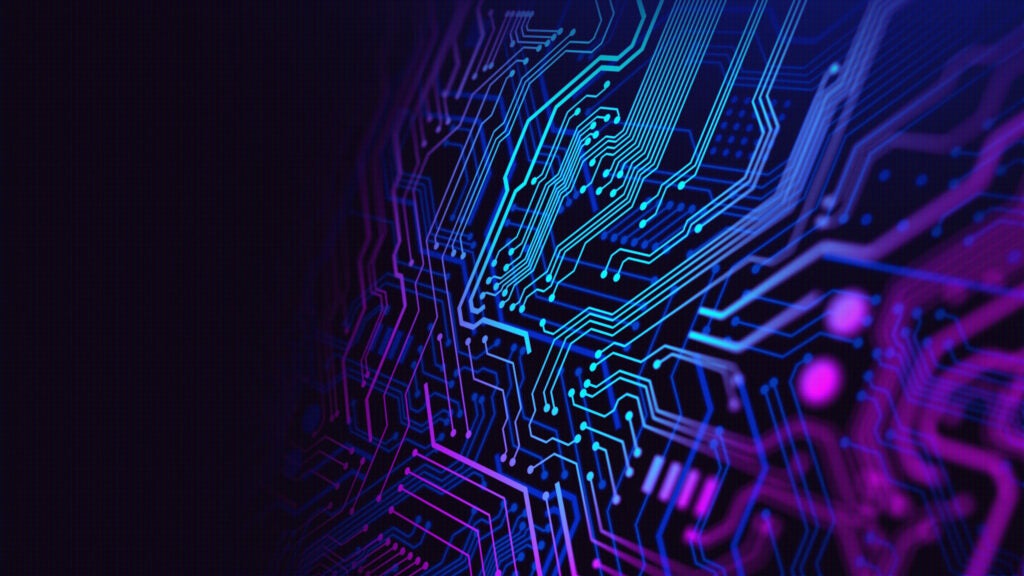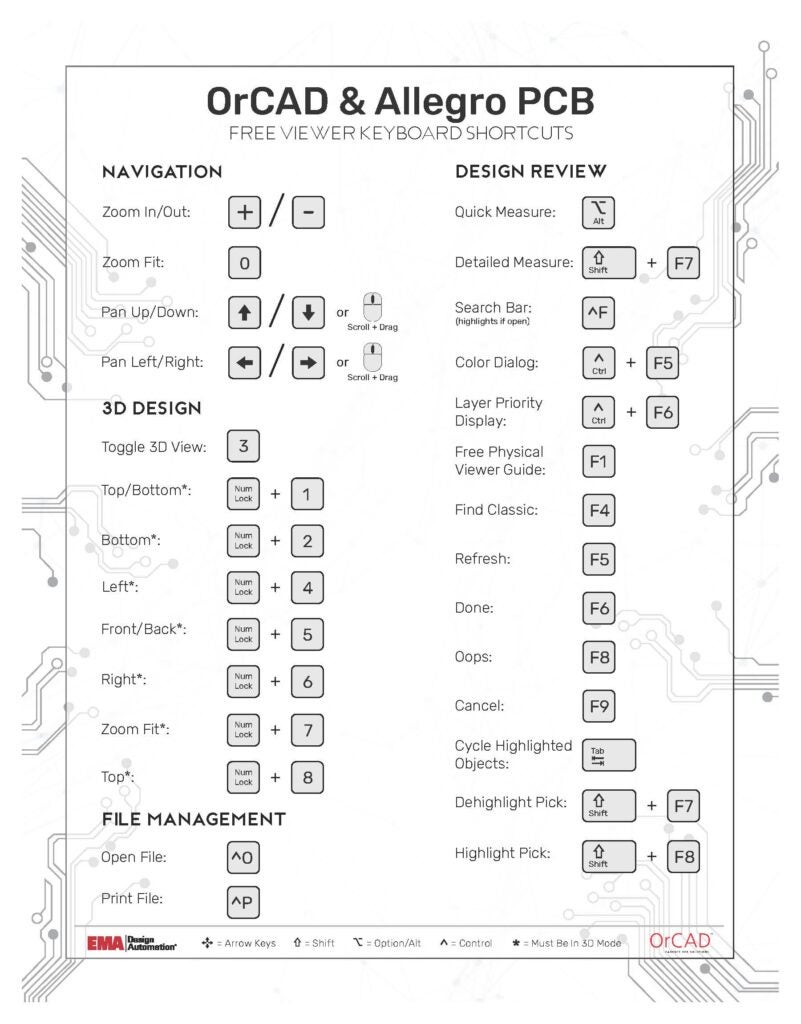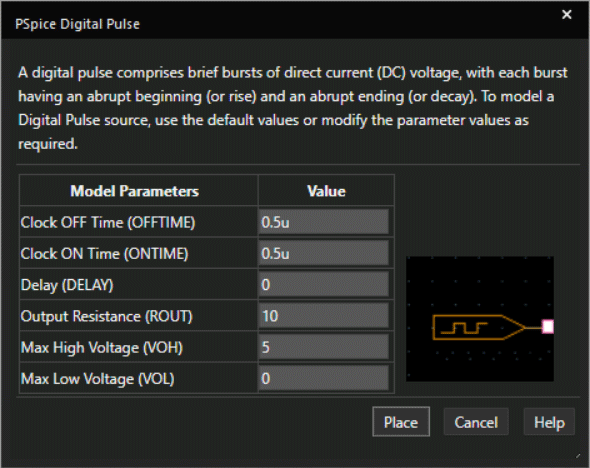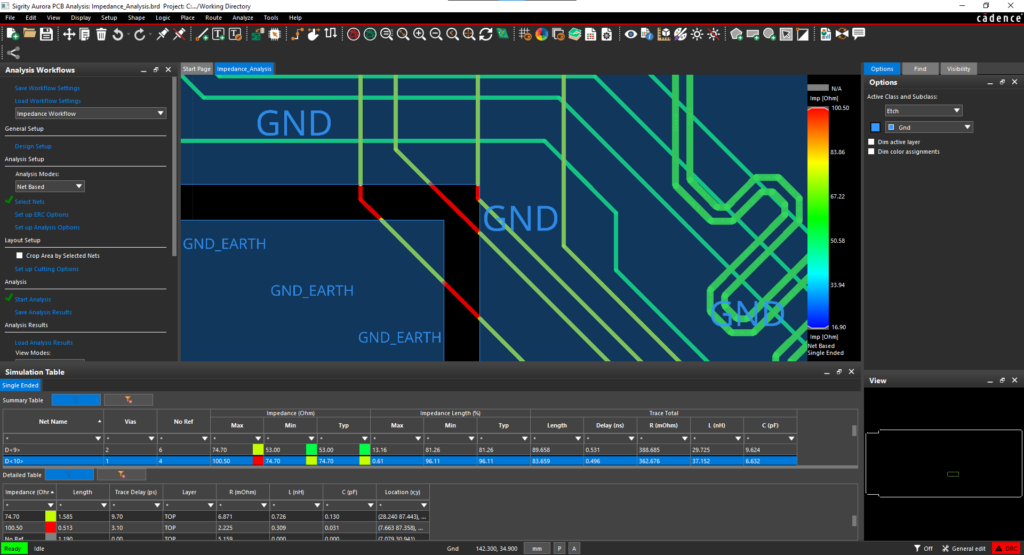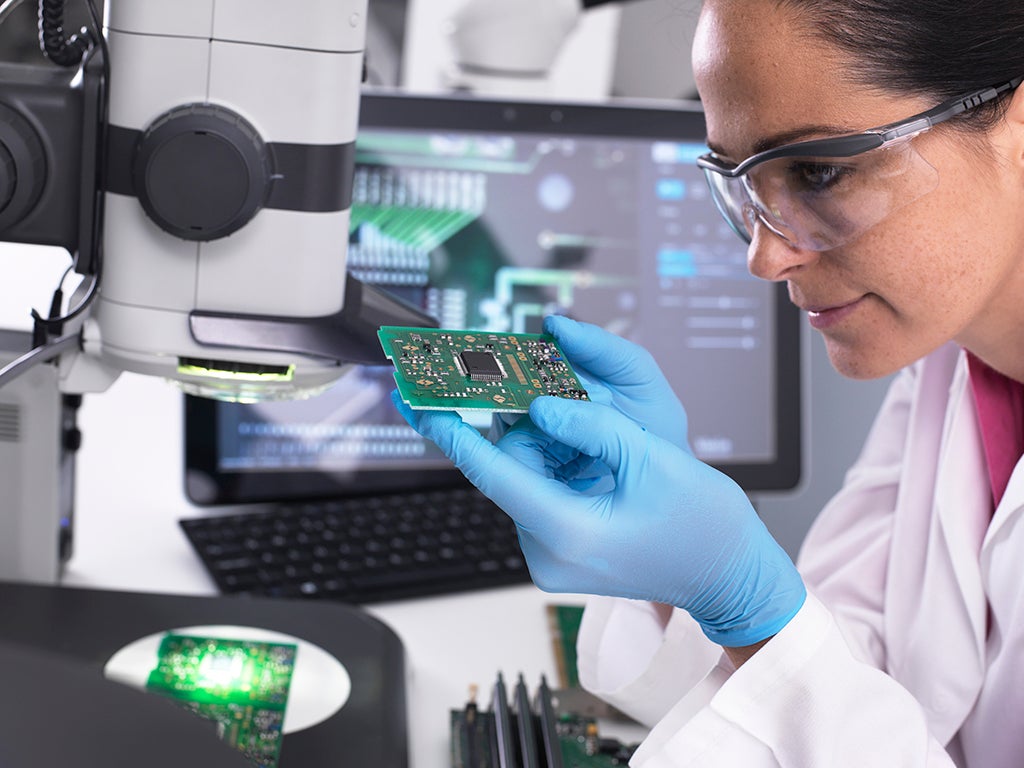Since the 1980’s major technical communication developers at Apple and Microsoft have been working to create more user friendly environments for consumers. Graphical user interfaces in the form of icons, buttons, and toolbars among other elements marked the first step in a massive trend towards user-friendly computer systems. These advances in technology helped to push technical communications forward, providing individuals with more ways of connecting and communicating with one another. In honor of National Communications Week we decided to focus on the latest trend in technical communications: chat bots.
A bot is a piece of software designed to automate a specific task. Internet bots are mainly used as web spiders or web crawlers that fetch script, analyze, and file information at paces much faster than a human could do. Chat bots are the latest form of bots on the Internet and refer to a service powered by rules or artificial intelligence that can interact with humans via chat. Their architecture features language model and computational algorithms that imitate casual human communications. The first wave of artificial intelligence in the form of chat bots launched in 2016, marking a new conversational era known as “conversational interface”.
Two Types of Chat Bots
There are two different types of chat bot currently available on the Internet. The more basic form of chat bots is functions based using a pre-developed set of rules. The functions based bot is limited in its ability to interact with people based on the rules it was programed to understand. It can only respond to very specific commands and therefore will not understand a question unless it is phrased in a very specific manner.
The second type of chat bot is more advanced and functions using machine learning. By utilizing artificial intelligence, machine learning chat bots understand languages not just commands. These types of chat bots learn from conversations it has with people and is less restrictive in its ability to function. Apple’s Siri is an example of a very successful chat bot that can follow conversations and learns more as it interacts with users. A less successful example was a bot launched in March of 2016 by Microsoft known as Tay. Designed to learn the way millennials converse on Twitter, Tay took the social media platform by storm, regurgitating obscene foul-mouthed phrases, quickly leading to the demise of Tay’s existence.
Just the Beginning
Although not all chat bots have been wildly successful, many agree this is only the beginning of a new era in communication where people will begin to rely on different forms of chat bots for information, and possibly even just casual conversation. This type of sophisticated computer interaction would not be possible without the advances in hardware within the industry. One example where companies are recognizing the need to advanced hardware to power these new systems is Microsoft. They have responded to the growing demand of AI applications by developing the world’s first hyper scale AI. Codenamed Project Catapult, Microsoft created new custom hardware utilizing Altera FPGAs designed to keep pace with rapid changes in AI. This technology is currently being integrated into almost all of Microsoft’s data-center servers. This new technology is designed to power the next generation of cloud, IoT, and AI infrastructures going forward for Microsoft.
As technological advances in communication evolve, people are becoming more apt to using new forms of communication including chat bots. Although 2016 just marked the launch of this so-called conversational era, improvements by software and hardware developers are constantly being researched and improved upon in order to push AI applications forward.





